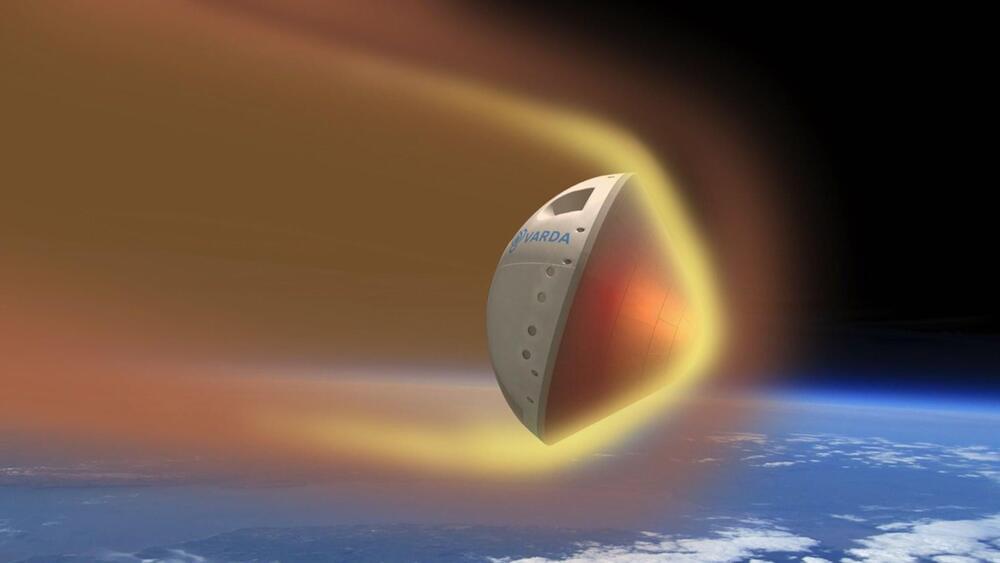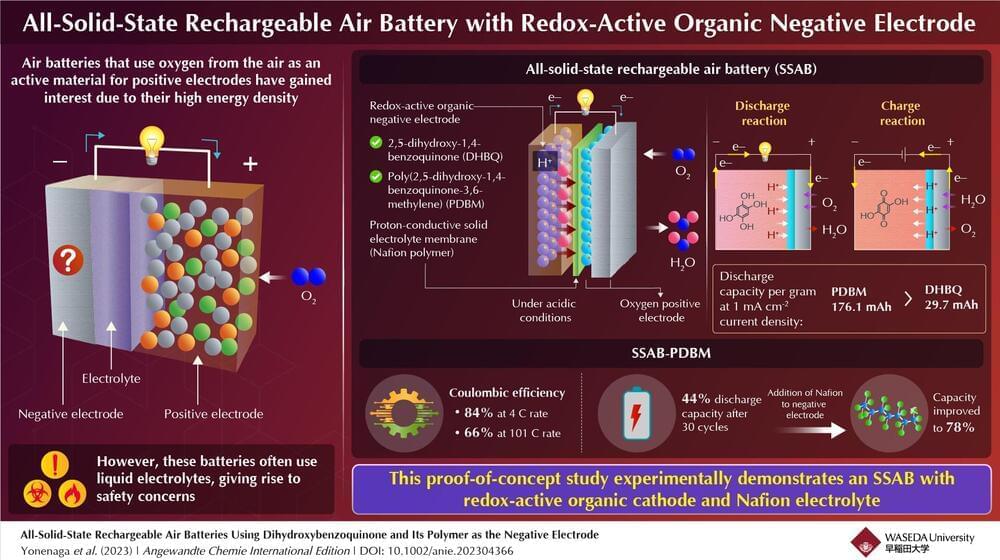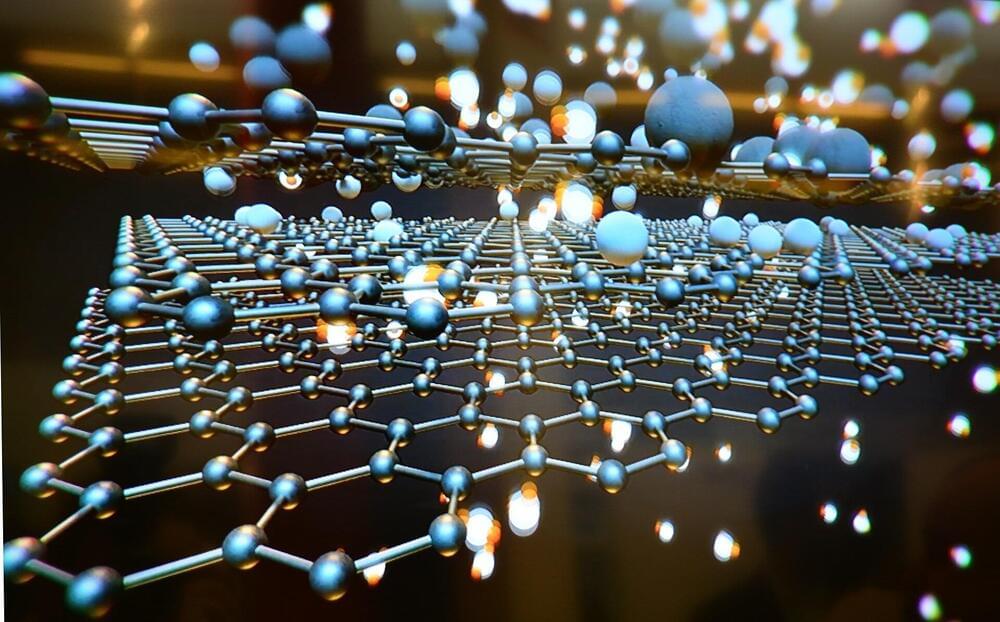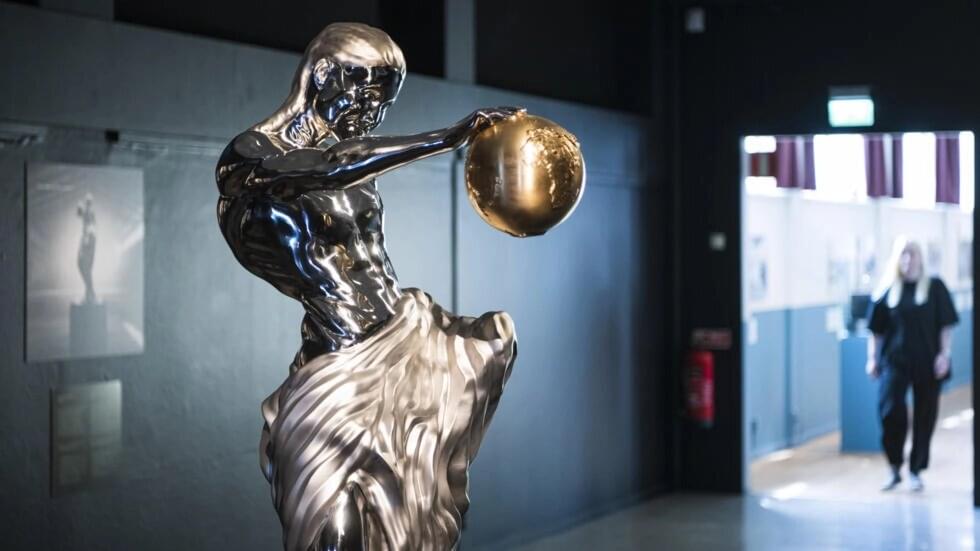Germanene – a two-dimensional, graphene-like form of the element germanium – can carry electricity along its edges with no resistance. This unusual behaviour is characteristic of materials known as topological insulators, and the researchers who observed it say the phenomenon could be used to make faster and more energy-efficient electronic devices.
Like graphene, germanene is an atomically thin material with a honeycomb structure. Like graphene, germanene’s electronic band structure contains a point at which the valence and conduction bands meet. At this meeting point, spin-orbit coupling creates a narrow gap between the bands within the material’s bulk, causing it to act as an insulator. Along the material’s edges, however, special topological states arise that bridge this gap and allow electrons to flow unhindered.
\r \r









